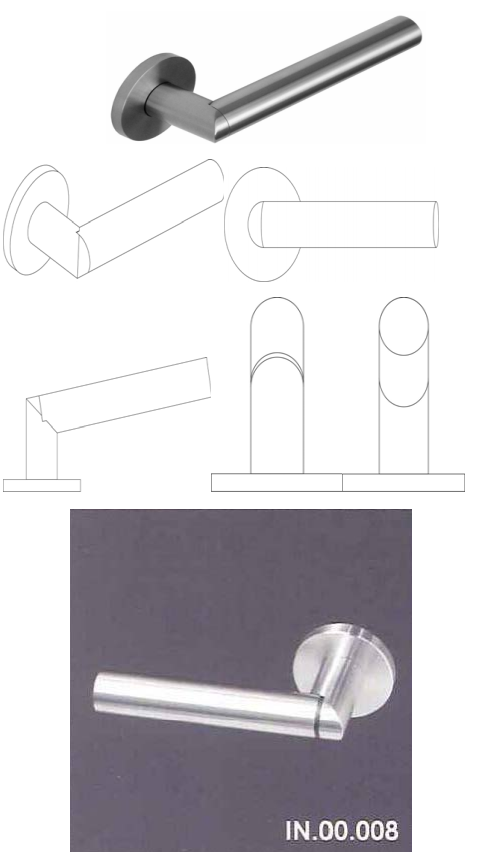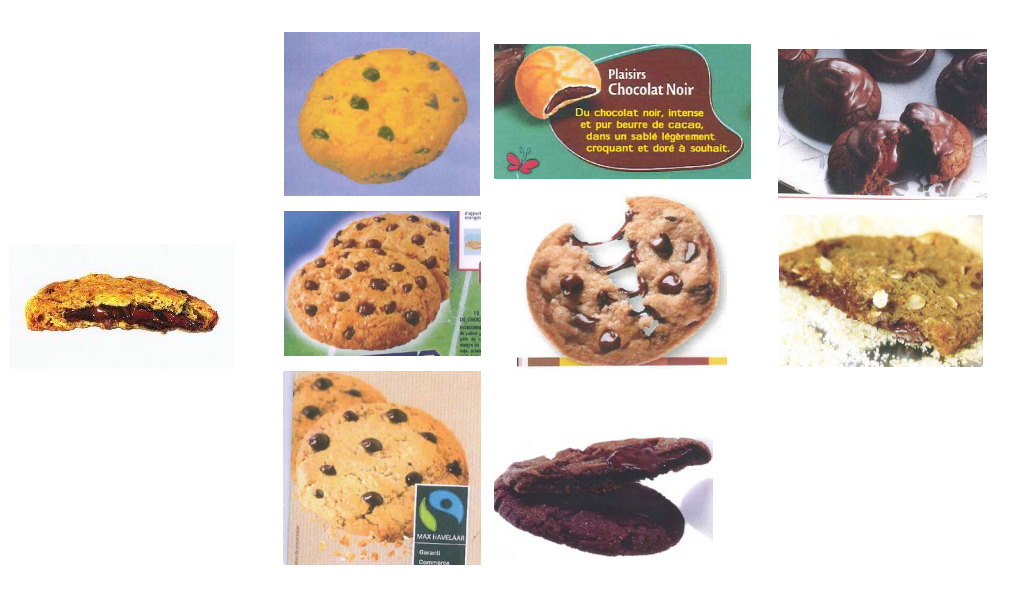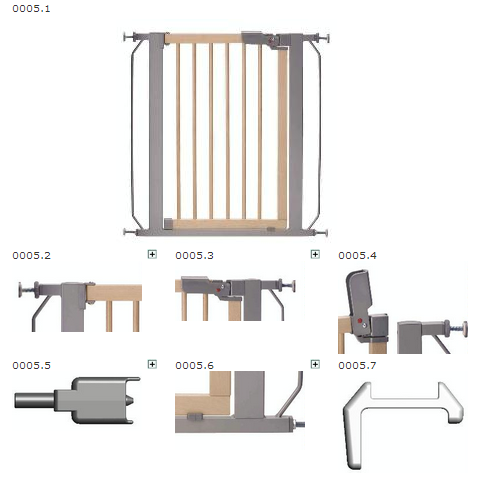Court of Appeal 18 oktober 2012, [2012]EWCA Civ 1339 (Samsung Electronics (UK) Ltd. tegen Apple Inc.)
 Modellenrecht. Positionering van merken tellen mee als simplicity and plainness key features zijn van het model. Over het Duitse Oberlandesgericht: If courts around Europe simply say they do not agree with each other and give inconsistent decisions, Europe will be the poorer. Ondanks het feit dat Apple geen inbreuk heeft gemaakt op enig recht, wordt Apple veroordeeld tot het plaatsen van een rectificatie op de website;
Modellenrecht. Positionering van merken tellen mee als simplicity and plainness key features zijn van het model. Over het Duitse Oberlandesgericht: If courts around Europe simply say they do not agree with each other and give inconsistent decisions, Europe will be the poorer. Ondanks het feit dat Apple geen inbreuk heeft gemaakt op enig recht, wordt Apple veroordeeld tot het plaatsen van een rectificatie op de website;
61. Finally I regret to say that I find the Oberlandesgericht's reasoning on the merits sparse in the extreme. Firstly, for the reasons I have given, I think it was wrong to say that the General Court decision in Grupo Promer/Pepsico was "outdated" when the decision on appeal affirmed the General Court. Secondly the Court wrongly assumed that the trade mark point was critical to Judge Birss's decision when it was not. And for the reasons I have given I think it was wrong in law to say that the positioning of a trade mark was irrelevant where it interfered with one of the key features of the design (simplicity and plainness).
62. What the Oberlandesgericht did not do was to consider Judge Birss's decision in detail. It gave only meagre reasons for saying "The Court cannot concur with the interpretation of the High Court". I regret that. In Grimme v Scott [2010] EWCA Civ 1110, this Court said:
[63] Broadly we think the principle in our courts - and indeed that in the courts of other member states - should be to try to follow the reasoning of an important decision in another country. Only if the court of one state is convinced that the reasoning of a court in another member state is erroneous should it depart from a point that has been authoritatively decided there. Increasingly that has become the practice in a number of countries, particularly in the important patent countries of France, Germany, Holland and England and Wales. Nowadays we refer to each other's decisions with a frequency which would have been hardly imaginable even twenty years ago. And we do try to be consistent where possible.
[64] The Judges of the patent courts of the various countries of Europe have thereby been able to create some degree of uniformity even though the European Commission and the politicians continue to struggle on the long, long road which one day will give Europe a common patent court.
63. That principle was not followed by the Oberlandesgericht. If courts around Europe simply say they do not agree with each other and give inconsistent decisions, Europe will be the poorer.
The Publicity Appeal
64. As a result of his second judgment, Judge Birss ordered that:
Within seven days of the date of this Order [18th July 2012] [Apple] shall at its own expense (a) post in a font size no smaller than Arial 11pt the notice specified in Schedule 1 to this order on the homepage of its UK website ... as specified in Schedule 1 to this Order, together with a hyperlink to the Judgment of HHJ Birss QC dated 9th July 2012, said notice and hyperlink to remain displayed on [Apple's] websites for a period of six months from the date of this order or until further order of the Court (b) publish in a font size no smaller than Arial 14pt the notice specified in Schedule 1 to this Order on a page earlier than page 6 in the Financial Times, the Daily Mail, The Guardian, Mobile Magazine and T3 magazine.
Op andere blogs:
IPKat: Trial judge praised, Germans lambasted as Apple loses its cool appeal
Webwereld: Rechter: Apple moet Samsungs tablet 'uniek' noemen
SCL The IT Law Community: The Court of Appeal's judgment is also highly critical of the July decision of the Oberlandesgericht which held that the Samsung Galaxy 7.7 infringed Apple's rights and granted a pan-EU injunction against Samsung from selling it.
 Om u volledig te berichten (hoewel slechts in het Spaans beschikbaar): Gemeenschapsmodellenrecht 001008676-0001 van houdster wordt vernietigd vanwege nieuwheidsschadelijke exposure door het model dat is getoond tijdens de Keulenmesse.
Om u volledig te berichten (hoewel slechts in het Spaans beschikbaar): Gemeenschapsmodellenrecht 001008676-0001 van houdster wordt vernietigd vanwege nieuwheidsschadelijke exposure door het model dat is getoond tijdens de Keulenmesse. Modellenrecht. Biscuits Poult SAS is houder van het Gemeenschapsmodellenrecht No
Modellenrecht. Biscuits Poult SAS is houder van het Gemeenschapsmodellenrecht No  Modellenrecht. Bewijs door houder van modellenrecht. Salesman is geen geïnformeerde gebruiker. Wandelgids is een specius van folders. Duncan Petersen Publishing is de houder van het Gemeenschapsmodellenrecht No
Modellenrecht. Bewijs door houder van modellenrecht. Salesman is geen geïnformeerde gebruiker. Wandelgids is een specius van folders. Duncan Petersen Publishing is de houder van het Gemeenschapsmodellenrecht No  Modellenrecht. Procesrecht. Niet tijdig betalen fees. Dellice Holding Ltd. is de houder van het Gemeenschapsmodellenrecht No
Modellenrecht. Procesrecht. Niet tijdig betalen fees. Dellice Holding Ltd. is de houder van het Gemeenschapsmodellenrecht No 
 Uitspraak ingezonden door Kees Capel en Leonie Gerding,
Uitspraak ingezonden door Kees Capel en Leonie Gerding,  Modellenrecht. Positionering van merken tellen mee als simplicity and plainness key features zijn van het model. Over het Duitse Oberlandesgericht: If courts around Europe simply say they do not agree with each other and give inconsistent decisions, Europe will be the poorer. Ondanks het feit dat Apple geen inbreuk heeft gemaakt op enig recht, wordt Apple veroordeeld tot het plaatsen van een rectificatie op de website;
Modellenrecht. Positionering van merken tellen mee als simplicity and plainness key features zijn van het model. Over het Duitse Oberlandesgericht: If courts around Europe simply say they do not agree with each other and give inconsistent decisions, Europe will be the poorer. Ondanks het feit dat Apple geen inbreuk heeft gemaakt op enig recht, wordt Apple veroordeeld tot het plaatsen van een rectificatie op de website;
 Modelrecht (
Modelrecht ( Uitspraak ingezonden door Matthijs Marell en Lars Huisman,
Uitspraak ingezonden door Matthijs Marell en Lars Huisman,  Octrooirecht. Merkenrecht. Modellenrecht. Handhaving. Om door te lezen: zie ook:
Octrooirecht. Merkenrecht. Modellenrecht. Handhaving. Om door te lezen: zie ook: 




















































































